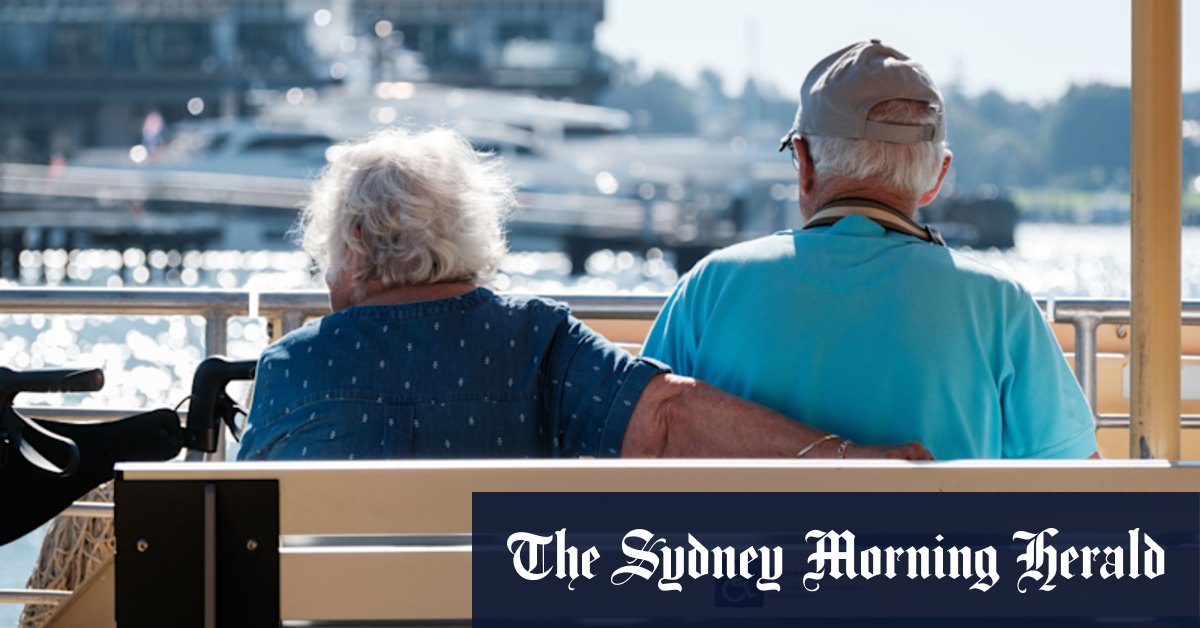Of the 80,000 Australians with super balances eclipsing $3 million, about 55 per cent are male, one quarter have at least one investment property and about a third are still earning wage or salary income, according to ASFA. Of those still working, most are in managerial or professional roles.
Older Australians comprise an overwhelming majority of those with super balances above $3 million, with 65 per cent classed as retirees. About 90 per cent of those with super balances above that threshold are aged over 60 and just under half are aged over 70.
While some individuals report little-to-no taxable income, the average taxable income of people with super balances over $3 million is $240,000 a year, while the median is $110,000 a year.
These figures do not include income from superannuation in retirement phase which can be withdrawn tax-free if an individual is aged over 60.
About one in 20 reported income from farming or agricultural sources, but the Association of Superannuation Funds of Australia noted that often this was not the primary source of income, dragging into question claims that many farmers could be unfairly hit with unaffordable bills under the new super tax.
National Farmers Federation president David Jochinke has taken aim at Labor’s decision to tax unrealised capital gains, saying many farmers would not be able to pay the higher tax bill if the value of their land increased but their earnings did not, especially amid seasonal volatility.
“Taxing something that has only paper value, and no relation to your ability to pay that tax, is flawed,” he said previously. “Farms will be sold and generations of farming discontinued purely on this decision.”
But the data shows about 7 per cent of the Australians likely to be affected by the change – roughly 5600 people – live in rural areas, with only some of those ever having been involved in farming – and even fewer reporting self-managed super fund balances over $3 million.
Most of those with more than $3 million in super live in affluent regions within the major capital cities, with very few in rural or remote areas.
Areas with the highest shares of these people include the eastern suburbs, north shore and northern beaches in Sydney, inner areas of Melbourne and the Mornington Peninsula, and inner suburbs of Perth and Brisbane. The Association of Superannuation Funds of Australia also found there were significant numbers of these individuals in retirement areas such as the Gold Coast and the Sunshine Coast.
Loading
Meanwhile, areas with the lowest proportions of people with super balances over $3 million include rural Tasmania, the Hunter Valley, the Central West of NSW, Murray, outer south-west Sydney, Hume, Darling Downs, Darwin, Logan in Queensland, and Mandurah in Western Australia.

